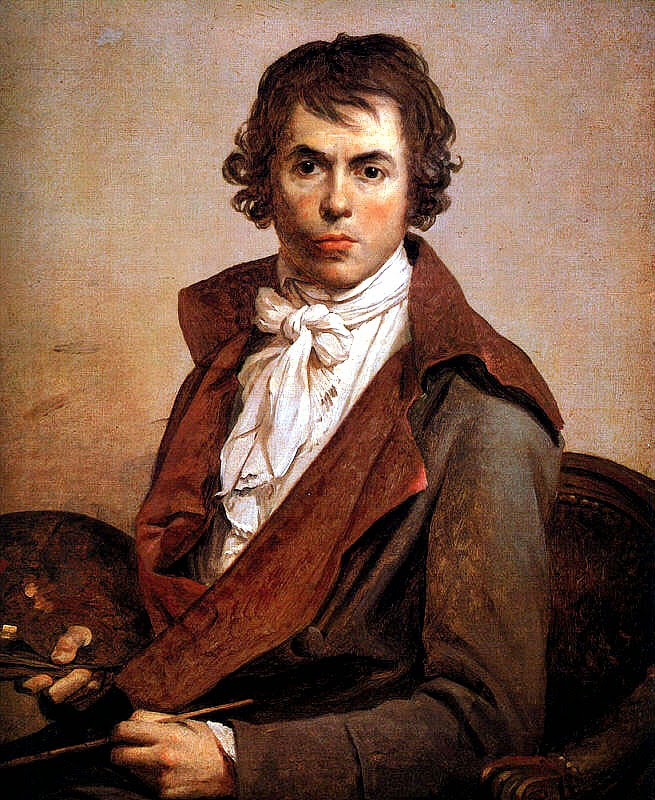

1708) was placed on display at the Yale Center for British Art in the autumn of 2014, it wasn’t immediately recognised for its uncanny, racially charged depiction of Africa in eighteenth. McMaster University is grateful to the following institutions and individuals who generously loaned work from their collections: The Art Gallery Ontario, the Art Gallery of Hamilton, McMaster University Medical Centre Library, the McMaster Association for 18th century studies, the late T.R. Herman Levy, O.B.E., Professor George Wallace, Mr. Jackie Basford and all those persons who lent anonymously. Sir Godfrey Knellep (German, 1646/49-1723) James Northcote (English, 1746-1831) Nathaniel Hone (English, 1718-1784) Allan Ramsay (Scottish, 1713-1784) George Romney (English, 1734-1802) James Worsdale (English, 1692?-1767)It was painted by Thomas Gainsborough (17271788), the great portrait artist who had a profitable business in fashionable 18th-century Bath. The portraits took pride of place in the home, or were given to others as gifts.39 Antique and Vintage 18th Century Portraits For Sale - priced from &163 95 to &163 16800.
...
Pleasing scenes of women in gauzy yashmaks and colourful outer robes promenading in their carriages, strolling in meadows, or being rowed along in graceful caiques, lacy sunshades in hand, were a favourite topic for western painters. Wedding celebrations and feasts, visits to holy tombs and sufi lodges, and friends and relatives, social gatherings known as 'helva nights', Mevlit ceremonies, weekly visits to the public baths, and above all picnics and country excursions in spring and summer were some of the events that took women out of their homes.The most popular excursion places were Kağıthane on the Golden Horn and Göksu and Küçüksu on the Asian shore of the Bosphorus. The upper-class woman rarely went shopping, most of their needs being met by servants or peddler women. Singing and playing music was one of the most popular pursuits of women at the palace and the upper echelons of society.Ottoman women had limited opportunities for activities outside the home. From the reign of Selim III onwards many local artists made portraits using western techniques, and Selim's nephew Mahmud II had his own portraits painted in oil, depicting him in the new western style dress that he had introduced, and had these hung in government offices.For most Ottoman women, whose daily recreational pursuits were largely confined to conversation, embroidery, drinking coffee and smoking pipes, receiving guests and holding musical gatherings were occasions that added colour to their lives.


 0 kommentar(er)
0 kommentar(er)
